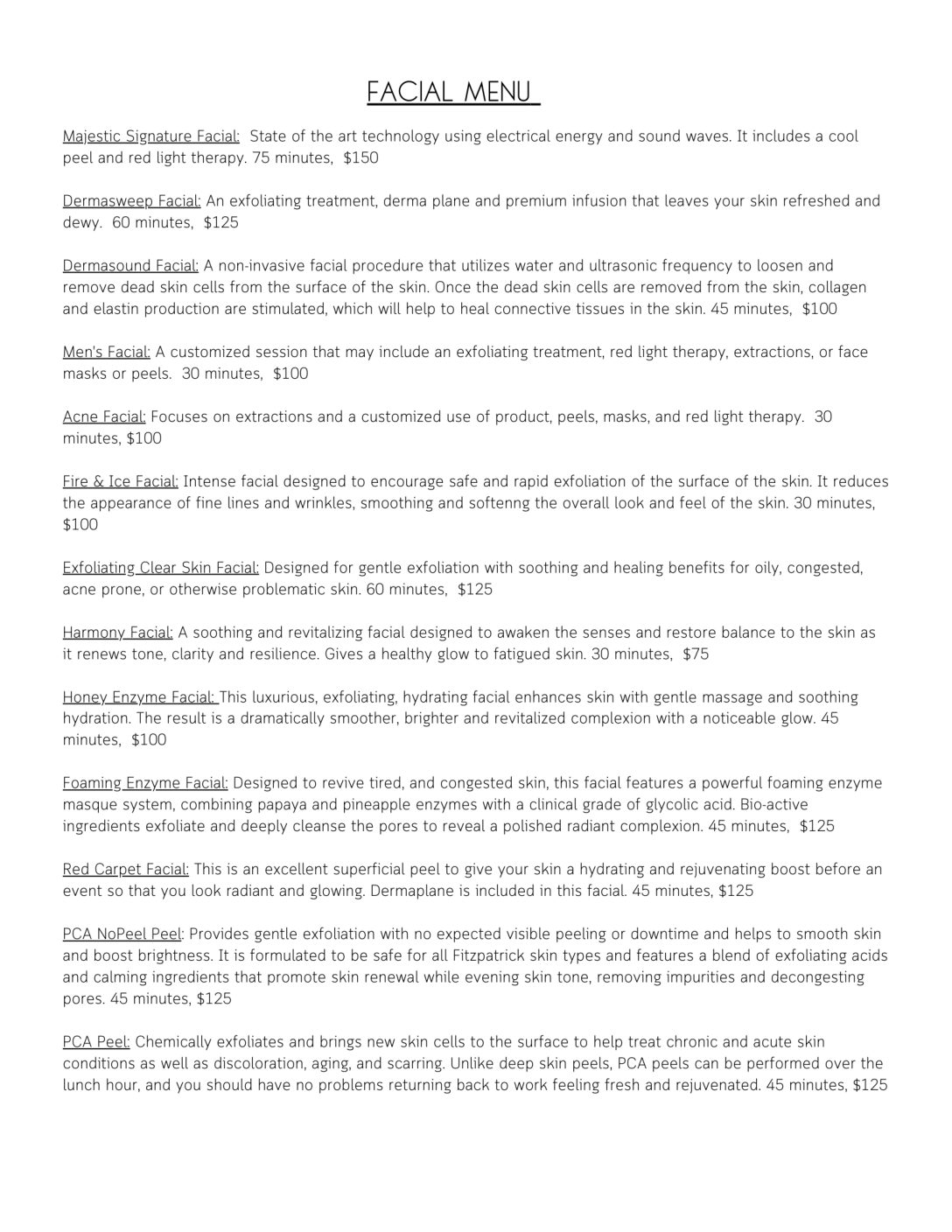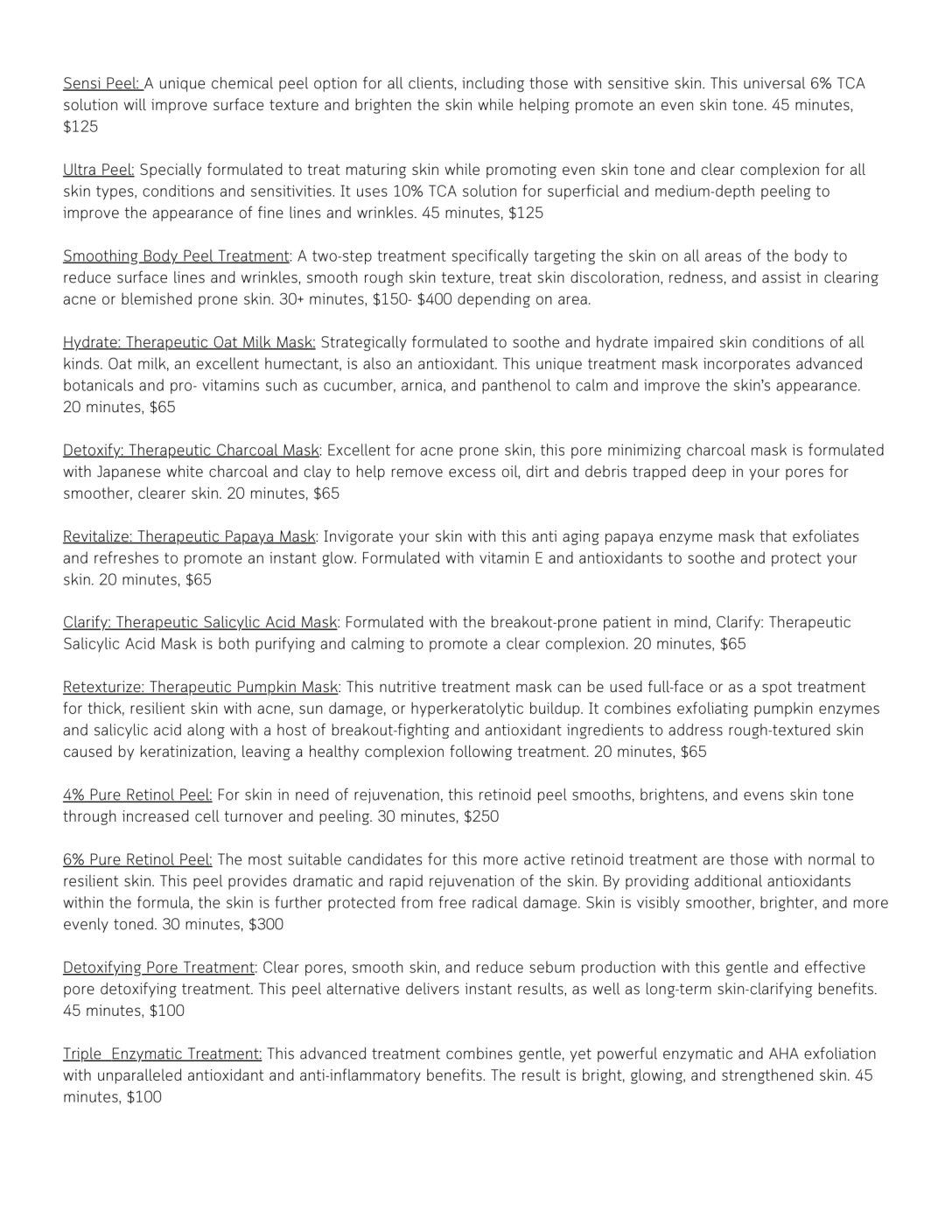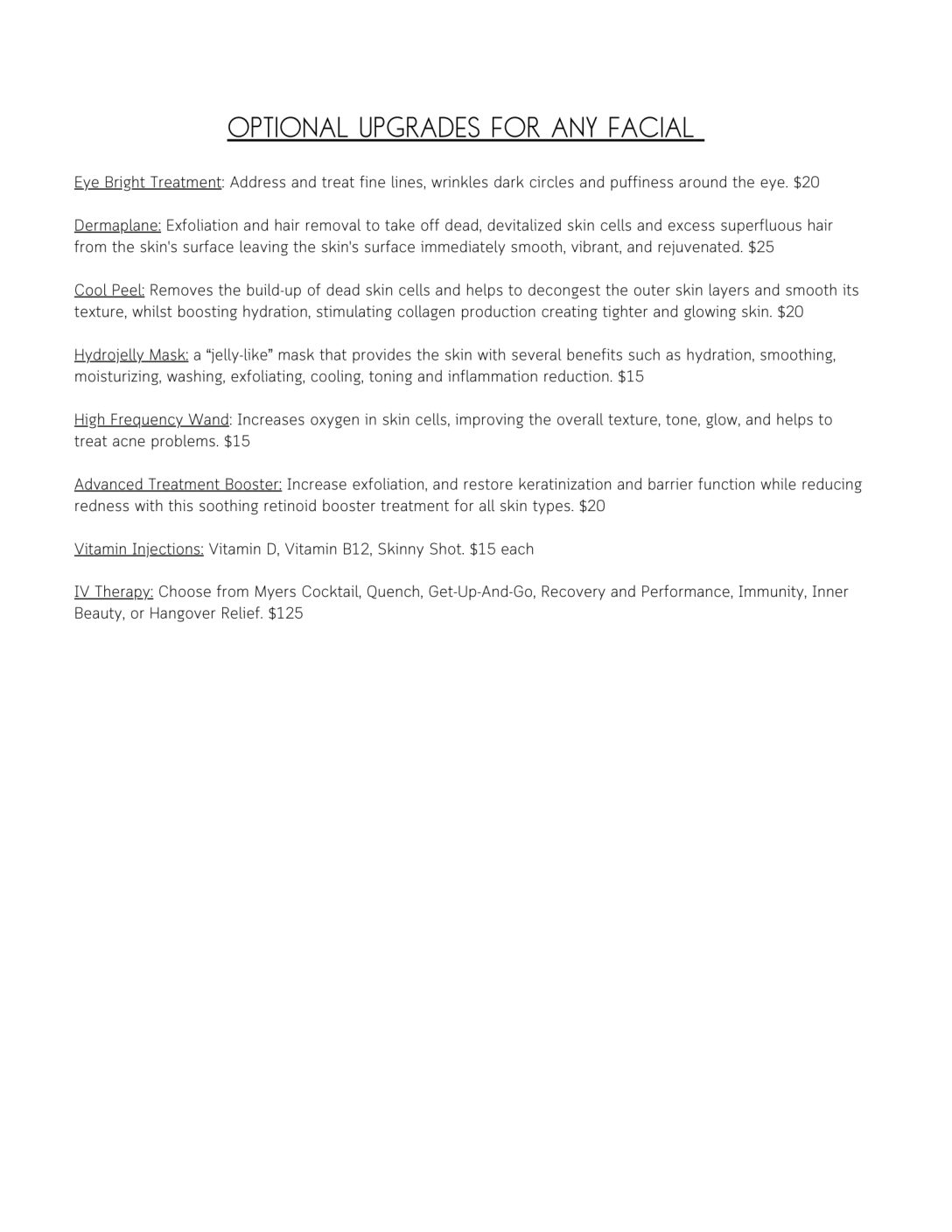24 September 2001
The Editor SAMJ
Dear Dr. Ncanyana,
THE USE OF VITAMIN A BASED PRODUCTS IN PREGNANCY
Because of my association with skin care products based on vitamin A and antioxidants, I am frequently asked about the safety of using topical vitamin A in pregnancy. It seems that many general practitioners and dermatologists advise patients to abstain from using vitamin A based products for fear of inducing a foetal abnormality.
This attitude pre-supposes that vitamin A in the skin can be mobilised and attached to lipoproteins and be introduced into the blood stream. I believe doctors need to know
- the dynamics of penetration of vitamin A into the
- Can vitamin A in the dermis get into the bloodstream?
- Which is the safest vitamin A as regards the placental membrane
The most common cosmetic formulations with vitamin A contain retinyl palmitate, retinyl acetate or retinol. Retinoic acid is only permitted in medical formulations.
Topical vitamin A penetration into the skin
The truth of the matter is that topical vitamin A is absorbed very inefficiently into the skin. If retinyl palmitate is applied to the skin, some of it will get into the interstitial fluid around cells and will easily be absorbed into the cell itself as retinyl palmitate. Under ordinary circumstances the most effective penetration of any ingredient is only in the region of 0.7% to a maximum 7%. If you apply a gram (and that’s a lot!) of a vitamin A cream containing 5000 i.u. g% then you will apply 5000 i.u., and something like 35 i.u. to a maximum of 350 i.u. will reach the keratinocyte layer or the upper papillary dermis over about 260 square centimetres. This is ~ 0.13 i.u to a maximum of 1.3 i.u.. per square centimetre.
Even if one uses a cream/gel with 10,000 i.u., the levels of vitamin A are still minimal. Even if all the applied vitamin AS were absorbed, the dose is small compared to the recommended daily allowance.
As it happens, epidermal levels of vitamin A (and beta carotene) are higher than the serum levels so it seems that there must be some active concentration of vitamin A in the skin against the osmotic gradient and it is fair to say that vitamin A is delivered from blood to skin and hardly at all from the skin to blood.
Chemical analysis of the skin demonstrates that virtually all of the vitamin A in the skin is retinyl palmitate
Can vitamin A in the dermis get into the bloodstream.
Retinyl palmitate is not found in the blood or serum. The form of vitamin A for transport through blood is retinol so if you apply retinol there is a theoretical possibility that the retinol can be taken up into the serum. However, only tiny fractions of retinol can actually be taken up into the blood stream as free retinol. Retinol has to be bound to carrying lipoproteins to be transported through the blood stream. As far as we know, the enzyme mechanisms to bind retinol onto these carrier proteins only exist in the liver and not in the skin. Therefore retinol and all other forms of vitamin A are trapped in the skin and cannot get into the bloodstream. That is why research workers have found minimal traces of vitamin A in the blood stream even when large areas were treated with retinoic acid..
Which is the safest vitamin A as regards the placental membrane
Retinyl palmitate cannot cross the placental membrane, whereas all-trans- retinoic acid and its isomer, cis-retinoic acid, and retinol can cross the placental barrier. If we are to worry about vitamin A in pregnancy we can forget about cosmetics containing retinyl palmitate, and retinyl acetate. I also believe we do not have to worry about products containing retinol or retinoic acid. In any case, the total amount of vitamin A that gets down into the skin is only a tiny fraction of what is applied so that dose is generally insignificant when compared to the daily consumption of vitamin A.
It is extremely unlikely that topical vitamin A could ever pose a health risk, or a risk to pregnancy – unless the whole tube is taken by mouth! Oral administration of vitamin A should be the real focus of people trying to control or minimise serum vitamin A levels in pregnancy.
For interest –
- slice of liver contains: about 20,000 to 50,000 u..
- an egg contains:…………….. 260 i.u.
- a slice of lean meat contains: 8 u.
- a slice of fatty meat contains 20 i.u.
- an ecclaire has about 1550 u.
- Canned apricots have 2900 u. (as beta carotene)
When we think of vitamin A causing foetal abnormalities we are specifically thinking of oral cis-retinoic acid (e.g. Roaccutane) in which case doses of 300,000 i.u. of vitamin A are usually used.
I have knowledge of very many women using retinyl palmitate in doses of 10,000
i.u. gr %, used twice a day to try and minimise or avoid stretch marks. None have ever had any abnormalities. None have complained of the development of stretch marks though this is simply anecdotal.
Foetal abnormalities are relatively common and in USA there is a trend to advise people using topical vitamin A not to use it during the first trimester of pregnancy
– not because it is a risk, but because the companies do not want to have any mistaken attribution of an abnormality to topical vitamin A and the subsequent risk of litigation
Another important point to bear in mind is that during menstruation the cutaneous and blood levels of vitamin A are lower than normal. Topical vitamin A has a multitude of important benefits for skin and I believe that we should be aware of these and not focus on the uncorroborated fear that topical vitamin A will deliver dangerous doses of vitamin A to the foetus. Worry rather about what the patient eats!
Yours sincerely Des Fernandes.






